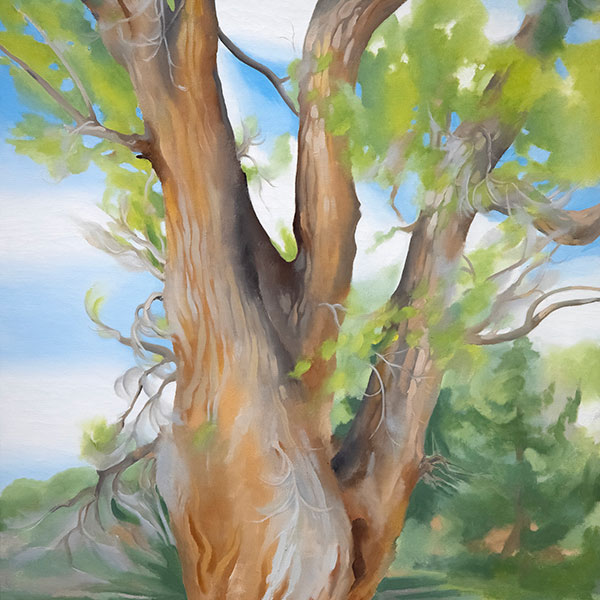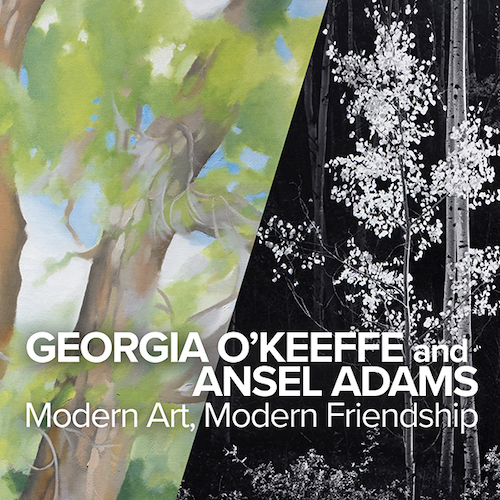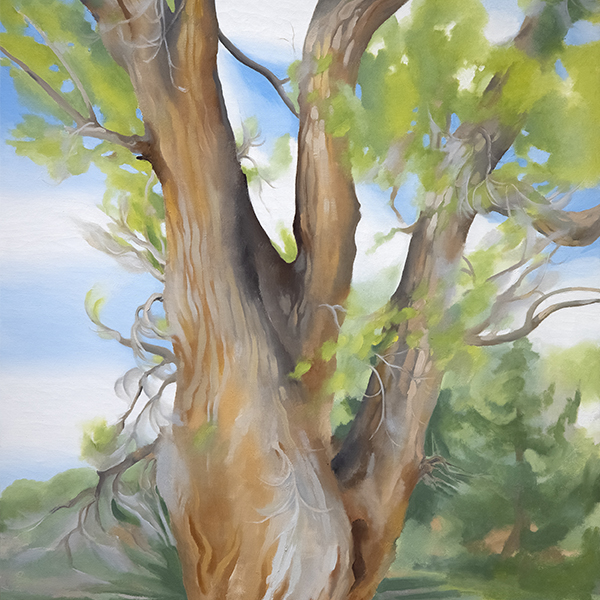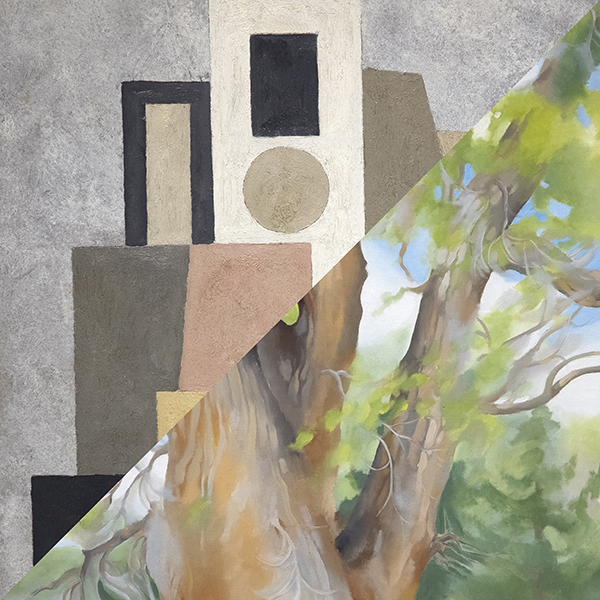GEORGIA O'KEEFFE (1887-1986)
 Georgia O’Keeffe was among the most influential figures in Modernism, best known for her large-format paintings of natural forms, especially flowers and bones, and for her depictions of New York City skyscrapers and architectural and landscape forms unique to northern New Mexico. O’Keeffe grew up with six siblings on a Wisconsin dairy farm and received art lessons at home as a child. Throughout her school years, teachers recognized and cultivated her ability to draw and paint. Upon graduation from high school, O’Keeffe determined to become a professional artist.
Georgia O’Keeffe was among the most influential figures in Modernism, best known for her large-format paintings of natural forms, especially flowers and bones, and for her depictions of New York City skyscrapers and architectural and landscape forms unique to northern New Mexico. O’Keeffe grew up with six siblings on a Wisconsin dairy farm and received art lessons at home as a child. Throughout her school years, teachers recognized and cultivated her ability to draw and paint. Upon graduation from high school, O’Keeffe determined to become a professional artist.
She first attended the Art Institute of Chicago (1905–06); then she went to New York City to study at the Art Students League. O’Keeffe quickly became proficient at imitative realism, the approach to image making that formed the basis of all standard art-school curriculum at the time, and in 1908 she won the league’s William Merritt Chase still-life prize for her oil painting Untitled (Dead Rabbit with Copper Pot) (1908). However, because she believed that she would never distinguish herself as a painter within the tradition of imitative realism, she abandoned her commitment to being a painter altogether and took a job in Chicago as a commercial artist.
O’Keeffe has remained one of the most important and admired Modernist painters in the United States and one of its most celebrated icons. Through her consistently provocative and distinctively personal approach to image making, she created a body of work that conveys the integrity of her Modernist vision, her independent spirit, and, above all, her profound sensitivity to the vitality of natural forces.
Although her career was launched by Alfred Stieglitz, one of the most progressive and influential figures in the then male-dominated art community, his unconsciously sexist ideas about her work precipitated essentialist responses to it. Such readings, to which O’Keeffe objected, dominated the critical reception of her work in the 1920s, and they have continued to appear in various guises in contemporary art literature; all of these interpretations downplay the broader significance of her achievement. Indeed, more than any other artist of the Stieglitz circle, O’Keeffe created a body of work that fulfilled Stieglitz’s visionary ideas that an art indigenous to America could be equal in importance to that produced in Europe, and that women could produce art as significant as that produced by men. In largely overcoming many critics’ gendered interpretations of her work, O’Keeffe also played a key role in disabusing the art community and the general public of the notion that gender was in any way a determinant of artistic competence or creativity. Thus, she helped to establish a new and significant space for female artists in a realm that has continued to be dominated by men.
(Brittanica)

,_new_mexico_tn40147.jpg )




